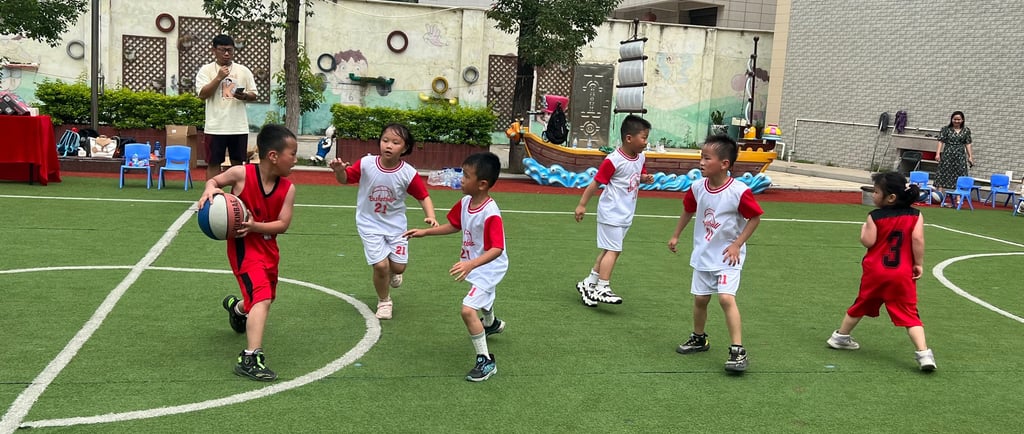Enhancing School Safety
The Importance of Walkie-Talkies in Ensuring Student Security
Anson
4/3/20242 min read


In an era where school safety is of paramount concern, educational institutions are continually exploring innovative methods to maintain a secure environment for their students. Among the array of safety measures employed, the use of walkie-talkies stands out as a vital tool in enhancing communication, coordination, and response strategies within school premises.
First and foremost, walkie-talkies serve as efficient communication devices that facilitate instant and direct communication among faculty members, staff, and security personnel. In the event of an emergency or crisis situation, such as a lockdown, medical emergency, or security threat, the ability to swiftly communicate information and instructions is crucial. Walkie-talkies enable school administrators and security personnel to quickly disseminate vital information, coordinate response efforts, and ensure a prompt and coordinated response to any unfolding situation.
Furthermore, walkie-talkies provide schools with a reliable means of communication that is independent of external factors such as cellular network congestion or power outages. Unlike cell phones, which may experience signal disruptions or battery failures during emergencies, walkie-talkies operate on dedicated frequencies and are not reliant on external infrastructure. This inherent reliability ensures that communication channels remain operational even in challenging circumstances, enabling school staff to maintain contact and coordinate effectively regardless of external conditions.
Moreover, the use of walkie-talkies enhances situational awareness and enables school administrators and security personnel to monitor and respond to potential safety concerns in real-time. By equipping staff members with walkie-talkies, schools can establish a network of communication that extends across various areas of the campus, allowing for rapid reporting of incidents or suspicious activities. This proactive approach enables school authorities to promptly address safety threats, implement necessary security measures, and safeguard the well-being of students and staff.
In addition to facilitating communication and response efforts during emergencies, walkie-talkies also play a crucial role in everyday operations and routine safety procedures within schools. Whether it's coordinating student arrivals and dismissals, monitoring playground activities, or supervising field trips and extracurricular events, walkie-talkies provide school staff with a reliable means of staying connected and ensuring the orderly conduct of school activities. This continuous communication capability contributes to maintaining a safe and structured learning environment for students while enabling staff members to address any safety concerns or incidents promptly.
Furthermore, the use of walkie-talkies fosters a sense of preparedness and confidence among school staff, empowering them to respond effectively to various safety scenarios. Through regular training and drills, staff members can familiarize themselves with walkie-talkie protocols, practice emergency communication procedures, and refine their response strategies. This proactive approach to safety preparedness not only enhances the overall security posture of the school but also instills a sense of assurance among students, parents, and the broader school community.
In conclusion, walkie-talkies play a pivotal role in ensuring the safety and security of students within educational settings. By providing reliable communication, enhancing situational awareness, and facilitating prompt response efforts, walkie-talkies enable schools to effectively manage emergencies, address safety concerns, and maintain a secure learning environment. As schools continue to prioritize safety as a top priority, the importance of walkie-talkies as a critical safety tool cannot be overstated. Through their widespread adoption and effective utilization, walkie-talkies contribute significantly to the overall safety and well-being of students, staff, and visitors within school premises.
Chenghui International Park ,Nan 'an,Quanzhou ,Fujian ,China 362300.
Your Secure Communication Is Our Mission


allyxubin
ally@akl-tech.com anson@akl-tech.com
© 2024-2025 All rights reserved. AKL Technology Co.,Limited All Rights Reserved.
POC Radio
DMR Radio
Analog Radio
Radio Accessories
86-15859775920
